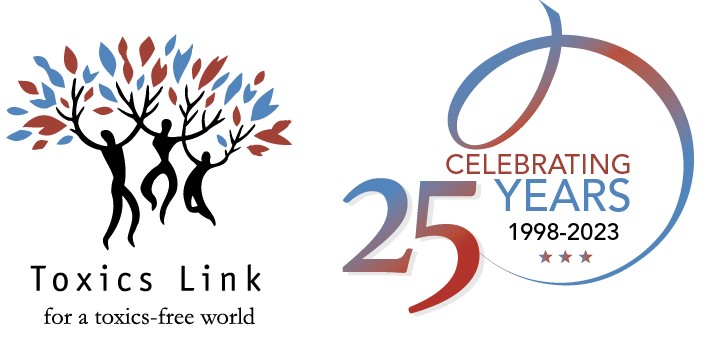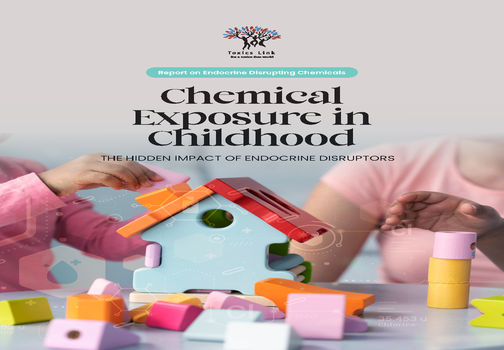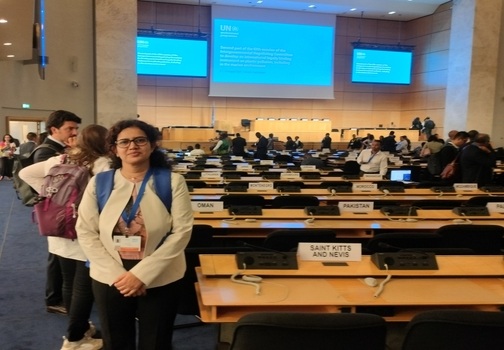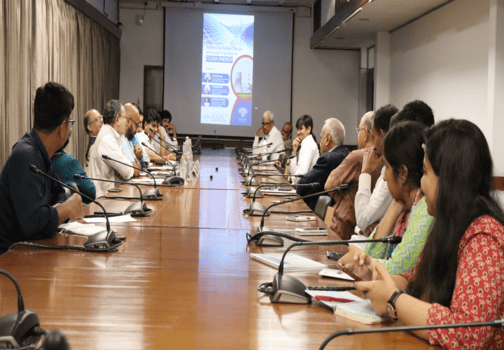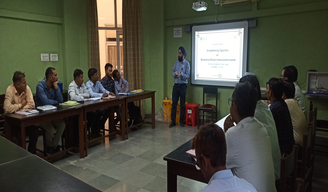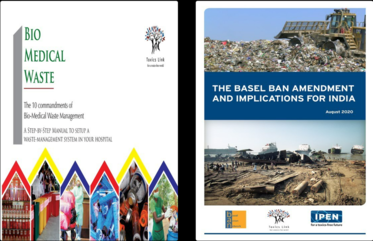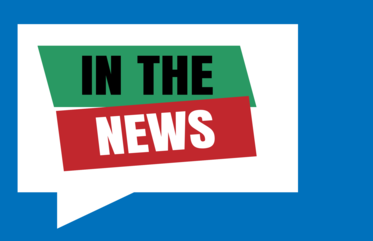RESEARCH AND DEVELOPMENT
Toxics Link is pioneering in both primary as well as secondary research
Secondary Research:
- White Paper report: A white paper report has been made and submitted to the Ministry of Health and Family Welfare and Public Health Department. The intent of the report is to propose for a policy that bans usage of dental amalgam in the vulnerable population (pregnant & lactating women and children below 13 years of age). The report also highlights the countries around the world which have already banned or phased down the usage of dental amalgam. Toxics Link has also approached National Commission for Women, Ministry of Consumer affairs, National Commission for Protection of Child Rights and Centre for Pollution Control Board for their support in this campaign.
Mercury in Dentistry-Case for Phase out for Vulnerable Population
- Import and export of Dental amalgam:
Toxics Link conducted online research to estimate the quantity of dental amalgam import and export in the country. Import and export data collected from various sites reveal that dental amalgam is still imported in large quantity and exported in lesser quantity. If we look at the composite’s import and export, it is exported in a larger quantity in comparison to import.
Dental amalgam’s yearly average export value is US$ 66088 and the top exporters are Delhi, Mumbai and Kolkata. Speaking of the import value, it is approx. US$ 429425 and the top countries from where India imports the amalgam are USA, Canada followed by Philippines. The high import value signify that the large quantity of amalgam is getting utilized in the country itself. Now if the urban areas are mostly free of dental amalgam usage then it is the rural area where amalgam has major consumers. This also brings in to light the bitter fact that due to economic constraint health of the people, mostly living in rural areas, is under high risk.
GIC (glass ionomer cement) offers a better picture as it is imported more and exported less. If we look at the GIC import and export value, it gives a much satisfying picture. Total export value of GIC accounts for $ 256140 with major export happening from Mumbai and Tughlakabad. The import value is $ 719896 and most of the material comes from China and Germany. This signifies that more dental amalgam is imported and it is getting used in the country as the export value is less. So this gives a ray of hope for shift towards mercury free world.
There is not much difference in the import and export value of composites. It has export value of $ 973994 and import value of $ 898463. This signifies that more of composites are exported from India which means India has a quite a hold on the market overseas. At present India doesn’t have developed in-house production machinery for composites but if we manage to develop the same we can lead the world dental filling market. Hence, making India and world amalgam free in the process.
Limitation: The above data is obtained from various online sources where a single code is used for dental amalgam (mercury and silver alloy) as well as for the instrument used for dental amalgam placement like amalgam carrier, amalgam burnisher, amalgam polisher etc.
Primary Research:
Dental Survey across Indian cities:
Toxics Link conducted survey in various cities to gauge in the details about the current dental practices pertaining to dental amalgam usage. A survey tool was developed and pilot tested before the study started. It was done in different cities from north and south India to check for the variation in the practices. The survey included both dental colleges as well as private dental clinics to understand the scenario better. A mix of urban area clinic and rural area clinic were included to ascertain the completeness of the information collected.
- Chennai survey: Toxics Link conducted a survey of dental colleges in Chennai which revealed that on an average 23 dental amalgam fillings are done on a daily basis. This number reduces to 8 for GIC fillings and changes to 10 for composite fillings in the clinical departments. Cost of GIC and amalgam filling is same in most dental colleges whereas cost of composites is 3 times the cost of amalgam.
Another survey conducted in Chennai in private dental clinics revealed that dental amalgam is still used in certain private clinics in rural areas. Some clinics reported 2-3 amalgam fillings per day and some of them reported doing 5-7 amalgam fillings in a year. Although number of composite and GIC fillings have increased in recent times and number of amalgam fillings is going down. Private practitioners in urban and semi urban areas prefer composites and GIC and most of the dentists are of opinion that amalgam should only be used under proper guidance and with proper protective equipments like chair side trappers and mercury spill kit.
- Delhi survey: A survey conducted by Toxics Link in Delhi private clinics revealed that there is no mercury usage when it comes to urban areas whereas dental college survey in Delhi, Gurugram and Ghaziabad revealed that their respective paediatric departments are amalgam free. In some colleges even the public health dentistry department doesn’t use dental amalgam.
When it comes to cost of the fillings, mercury fillings are cheaper compared to GIC filling. Over the period of time the average number of mercury and GIC filling being done in the dental colleges is changing and has become approximately same which signifies that the changeover is happening. All the dentists that were interviewed during the survey were of opinion that either dental amalgam should be minimally used (only for special cases) or completely eliminated. This includes both private practitioners as well as dentists employed in dental colleges.
- Ambala survey: Toxics Link conducted survey in Ambala private dental clinics and it was observed that dental amalgam is not in use since last 10 years. On asking, the doctors recalled that nearly 4-5 years back an official letter was released stating that all mercury instruments and dental amalgam filling has to be phased out slowly. Hence, the usage of dental amalgam reduced and eventually disappeared. They now use GIC and composite fillings. Number of GIC fillings is 20% higher than composites and cost of composites are 30% higher than GICs.
- Government Sector survey: A survey was conducted in government hospitals in Gurugram to understand the dental amalgam usage. It was documented that dental amalgam has not been used in the government sector since 5 years. They have been using alternates like GIC and composites and other temporary filling materials. Here too the officials of the institutions claimed about the circulation to stop the usage of amalgam but there were no documents to support it. However, in practice it was observed that amalgam was absent in the procurement and in the treatment options. Although in Ghaziabad city, dental amalgam is used frequently in government institutions.
- Bangalore survey: Further, in a study conducted by Dr. Pushpanjali in Bangalore revealed that there was zero use of mercury in the private dental establishments in the city.
- Unregistered Practitioners Survey: Toxics Link conducted survey for roadside quacks (unregistered dental practitioners). At present there are a lot of people practicing dentistry illegally. These people neither have the necessary professional qualification nor are registered with any medical council. They are mostly found in the residential areas of lower socioeconomic strata and account for 15-20% of the practice across the nation. They are deemed to be major users of dental amalgam and have been carrying out this work from past 30 to 40 years.
Onsite findings: On searching for such service providers we found a few of them lined up and sitting near a religious place. Nearly 4 set ups were seen in the close vicinity of the Sikh religious place and fruit market. Their treatment set up consist of tent made of flex material which had printed advertisement that silver filling and “masala” filling is done here and also fake teeth are made at cheaper rate. They were observed to be doing mercury fillings and zinc oxide eugenol filling. They had bottles of filling material and minimal instruments in their set up. They denied answering anything in detail hence, credible data about the number of amalgam filling done on daily basis could not be obtained. They are also doing replacement of teeth in the name of plastic teeth and while we visited them, we witnessed extractions of mobile teeth using inappropriate instruments was being done for a lady sitting in squatting position.
Another set of unregistered practitioners included people who have set up dental art centre with a picture of dentition. They carry out their practice in a concrete building structure with one or two room. No name or degree or contact information was mentioned on the display. They also have names of dentist written inside their centre who hardly visit these places. We were informed that Sultanpuri has hardly 3-4 qualified dentist, rest all are practicing with the name of their previous employer (who was a qualified dentist) or of a friend (known dentist) who hardly visits. These uncertified people also provide general medication for cough, cold and fever and temporary relief of pain by prescribing painkillers and antibiotics. The overall condition of these set up was far below the optimum. Cleanliness was a major issue in all the set ups. The instruments used were very old, unsterilized and models displayed were old and used dentures. It was also mentioned in some places that they use cold cure resin to fill the cavities which is highly dangerous.
- Manufacturers and Distributors Survey:
Toxics Link conducted market survey to understand the dynamics of dental amalgam’s demand and supply. In an interaction with the dental amalgam distributors, it was also discovered that in cities like Kolkata dental amalgam is still a preferred filling and accounts for major consumption. Through literature review it was discovered that DPI and Pyrax are the major manufacturers of dental amalgam in India and have a market share of nearly 85-90% for dental amalgam. Rest 10% is accounted by the imports from various other countries. The table below shows that annually, nearly 1600kgs of dental amalgam is used for filling by dentists. Usage of amalgam filling is found in the semi urban areas as well as rural areas, whereas urban areas are 95-98% amalgam free.
|
S. NO. |
Manufacturer |
Production/year |
Market Share |
|
1 |
Pyrax |
300±100kg |
15-20% |
|
2 |
DPI (Dental Products of India) |
1000±200kg |
70% |
|
3 |
Other market shareholders |
100±50kg |
10-15% |
|
Total |
1600kg |
100% |
Table 1: Data table on amalgam manufacturing in India
During the survey detailed cost analysis was carried out for each product. Various brands were identified for each product and cost comparison was done to arrive at the average cost of each filling material.
Market price of various restorative materials:
Encapsulated: Rs 2700/50 capsules [Dentsply: 3000/box of 50; Pyrax: Rs 1600/box of 50]
- Free Mercury: Rs 4000/Kg and Rs 99000/34.5Kg flask.
- Silver Alloy Powder: Rs 200/30gm. [Pyrax/DPI –Major suppliers]
- Resin Based composites: Rs 2100 to Rs 4800. [IVOCLAR-Rs 5500; CHARISMA-Rs 5500; Primeset- Rs 1750; Prime Dent: Rs 1800; Unicorn: Rs 2500/1900]
- GIC: Rs 150 – Rs 4800. (Chinese brand cost Rs 150; Micron Rs 400-1200)
With the above data, we calculated per unit cost of each dental filling.
- Dental Amalgam filling: Cost of silver alloy is Rs 200 for 30 grams, now taking an average value of 1 gm per filling, cost of silver alloy per filling will be Rs 6.6 (200/30). Cost of free mercury is Rs 4000/kg. Assuming an average of 1 gm mercury for one filling, average cost of mercury will be Rs 4 (4000/1000). So, the total cost of one dental amalgam filling comes out to be approx. Rs 11 per filling (6.6+4=10.6~11).
- GIC Fillings: For GIC a lot of different brands are available ranging from Rs 150 to Rs 4800. GIC generally comes in a package of 15gms powder and 7.8ml liquid. With this pack an average of 50 fillings can be done. So taking an average of Rs 1200 per package, cost of one unit filling comes out to be Rs 24 (1200/50).
- Composite filling: For composites as well, there are different brands available ranging from Rs 2100 – Rs 5500. Taking an average cost of Rs 3000, per filling cost comes out to be Rs 60 (3000/50).
- Silver amalgam capsules: Amalgam capsules come in boxes of 50 capsules with cost ranging from Rs 1600 to Rs 3000. Taking an average cost of Rs 2200, per filling cost comes out to be Rs 44 (2200/50).
As per the occupational safety norms, if mercury is used for dental amalgam, either it should be used with chair side trappers and amalgamators or should not be used at all. Now, the cost of silver amalgam capsule is higher than the cost of GIC and slightly lower than the cost of composite fillings. When the environmental and occupational safety costs are added, the cost of using dental amalgam soars very high, making it much more expensive than GIC and composites. Hence, not only health wise, even economically it is not advisable to use dental amalgam in clinics and dental colleges.
